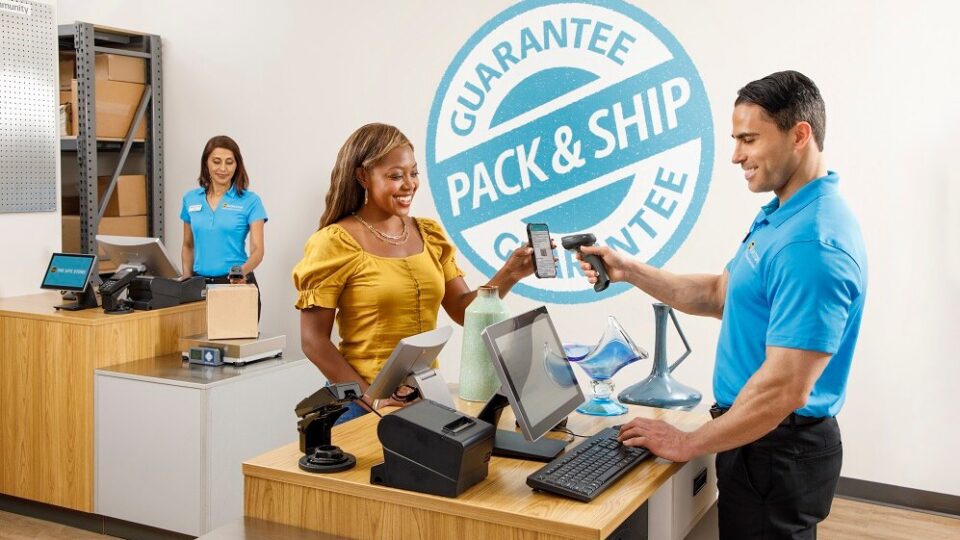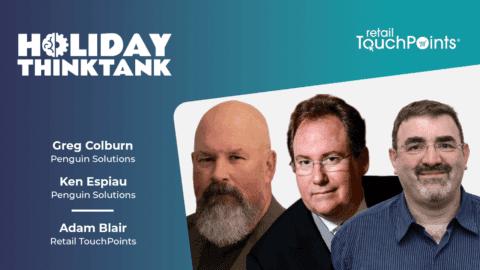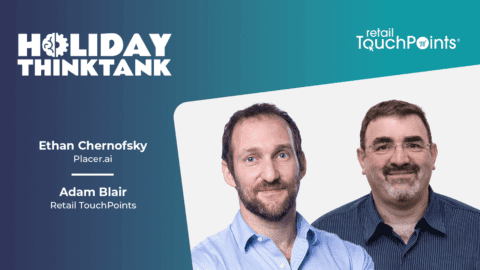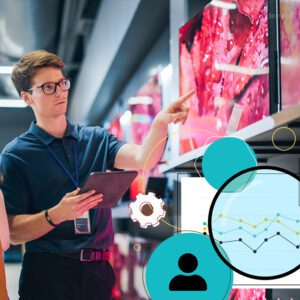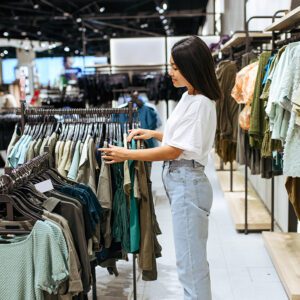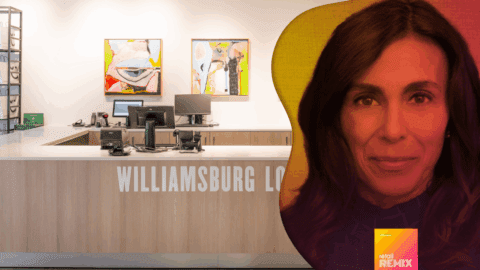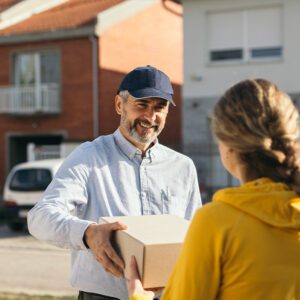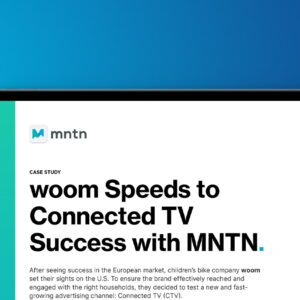One of the paradoxes involved in providing great customer experiences (CX) is that it’s often essentially invisible to the end consumer. Customers don’t always notice when a package arrives on time or a transaction is seamless, but they do become aware of good customer service when they experience its opposite.
Of course, providing these “invisible” positive experiences requires a lot of technological coordination behind the scenes. Retailers invest heavily in solutions and workflows to keep those bummers from bumming, but ideally, the customer never sees the sweat and toil involved.
The UPS Store has honed its ability to provide this type of invisible-to-the-naked-eye customer service, and it’s confident enough to showcase these capabilities in what VP of Retail Operations Sean O’Neal calls “risk it all” moments. “Our package guarantee, for example, is a promise to our customers that says, ‘We’re packaging experts, but if we mess something up [and a package is damaged], the customer is reimbursed for the packaging, the shipping and the value of the item,’” he said in an interview with Retail TouchPoints. “That creates loyalty and good relationships with customers. It’s what our CEO Carol Tomé often says — that we should have a high ‘say-to-do’ ratio. We try to live and breathe that at The UPS Store.”
O’Neal shared how The UPS Store, a division of UPS operating more than 5,400 stores, translates its passion for great CX into practical tools and processes that serve both the needs and capabilities of its many franchisees.
Retail TouchPoints (RTP): How do you define a positive customer experience? What are some of the “must-have” elements for The UPS Store?
Sean O’Neal: In an increasingly digital world, where many transactions that customers have are happening completely virtually, we really try to win at The UPS Store by providing unparalleled face-to-face customer service, especially with “phygital” transactions that start in the digital world and then enter the physical world. These have to be really seamless, and because we do these very well, it’s helped us be at the top of many customer service rankings.
The best example of this is our Commerce Ready Services (CRS) group, which manages returns services for a wide range of retailers. Say you’re starting a return [digitally]. You get a QR code on your phone, walk into a physical UPS Store with that code, it’s scanned and you just hand the item over to us, and we take care of the rest. That seems simple, but what happens behind the scenes is quite complicated. Some of the more intricate returns programs, involving things like returning your cable box, require the store team to package up these very specific items [in a certain way].
Scanning the QR code opens up the right workflow for the associate so they can be effective in handling these hundreds of programs, and that’s an important one in ‘wowing’ customers. Additionally, this makes it easier to communicate [the proper workflow] out to stores when we onboard a new [retail] customer via CRS. We have all that information, and this makes it repeatable for any sales associate.
RTP: How does The UPS Store measure customer satisfaction?
O’Neal: We gain our formal insights through focus groups and targeted research, and we have both a competitive and a relationship NPS [net promoter score] program operating, including at the individual store level — customers can take a satisfaction survey any time that they’re in the store. This empowers our franchisees, because the feedback is loaded onto a dashboard almost immediately. We can use this both to celebrate wins and also to identify a tough situation in the store and work to correct that.
RTP: What types of data are most valuable for The UPS Store?
O’Neal: We really do rely on those interactions and the feedback customers give us, which helps us know where our customers are coming from as well as which [other retail] stores they’re choosing. This helps us check in on where our stores are located, as well as identifying good opportunities to place stores in the future.
We also need to understand what’s most critical to our customers. For example, one of the key customer groups for a UPS Store is a micro small business, which is defined as having approximately one to 10 employees. We have focus groups specifically for them, to see what’s driving them, what they’re concerned about, and what will drive their buying habits and decision-making when choosing a partner.
RTP: The threat of higher prices stemming from tariff uncertainties is raising new concerns about customer loyalty. What advice would you give to retailers to help them retain customers in an unsettled economy?
O’Neal: Every retailer has to look at the environment they’re operating in at all times, whether those times are certain or uncertain. It’s good to control what you can control, which sounds simple but isn’t, and then move forward with a plan. Everyone will have their own specific goals in terms of how to best serve their customer; at The UPS Store, that’s about personalized, world-class service for customers coming through our door, which has created a lot of resilience — and that’s what we lean into in uncertain times.
At the store level, franchisees are serving these micro small business owners, and many of them will be impacted, but the key is that the franchisees are there to support them and be an extension of their business, because they have so many products and services that can help small business owners in a time of need.




